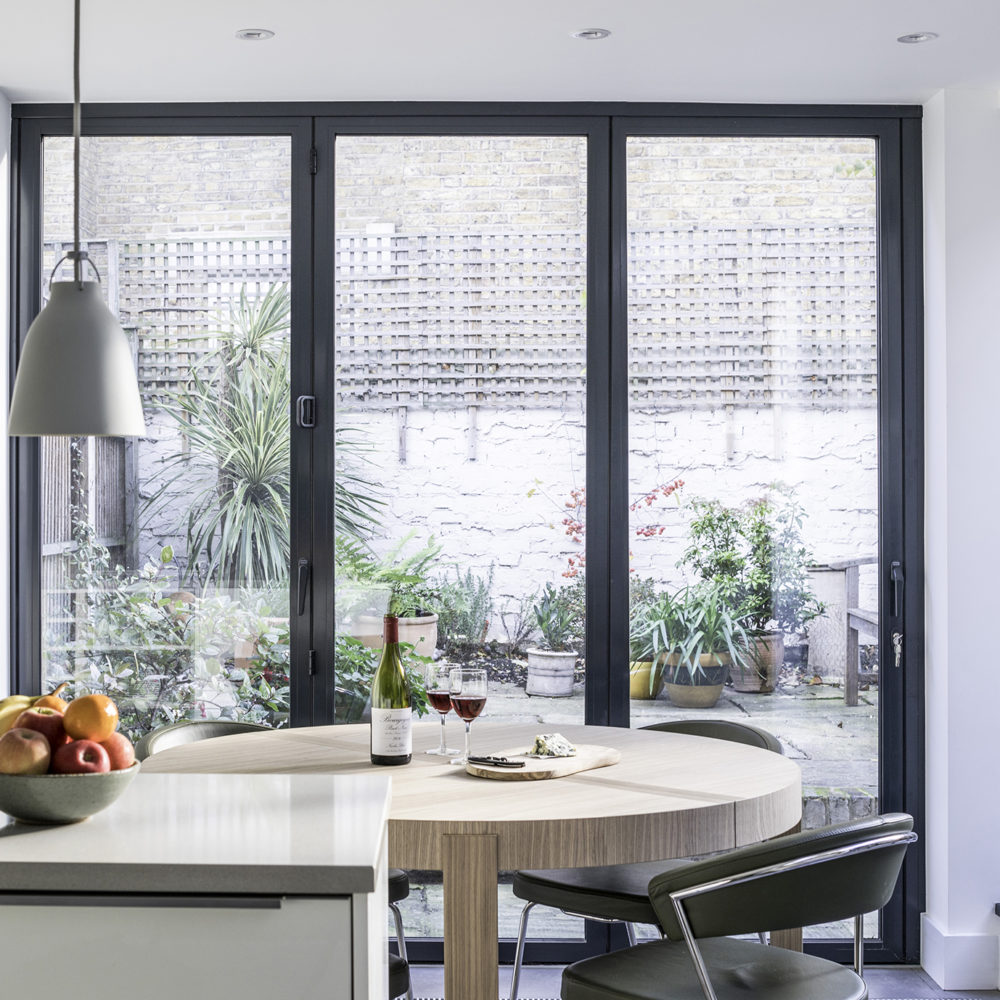Improving the Energy Efficiency of our Homes
Posted by Architect Your Home on 10th December 2021 -

At the moment everyone’s home has an energy rating from A to G and you can find out your property’s rating here: find-energy-certificate.digital.communities.gov.uk. While this may not impact you directly as a homeowner, the rating of your property tends to affect property value and if it ends up below the standard, you may find it affects both your asking price and its appeal to the buyer. It also impacts home improvement projects as these must now achieve a C rating or better where feasible. This may seem daunting but there are many ways to achieve this and it is a balance of what works best for the project, client aspirations and budget. Improving the energy efficiency of your home does not mean you have to compromise on the design, so let’s look at some options. Insulation You can add insulation from either the inside or the outside of your home. The most usual form of insulation is achieved by adding an insulating material, either to the cavity inside your walls or to the internal face of your walls. Loft insulation is a must-have and this can either be laid between the ceiling joists, which means your loft will be cold or between the rafters which will result in a warmer loft space. The benefit of insulating from the outside is, that you can use your existing (often brick) walls as thermal mass, which will reduce your heating needs during the nighttime, as this mass will release the heat it stored during the day. The other benefit of insulating externally is that you do not lose useable floor area. There are several eco-friendly insulation products available on the market now made from hempcrete or wood fibre. These products allow your building to breathe and mitigate condensation and mould. Creating a healthy indoor climate with breathable walls then also means using a vapour-permeable outer layer such as lime render or vented rain screen cladding and replacing common plastic paints with a limewash or mineral paint. Heat pumps These are perhaps less about saving energy bills and more about making the switch to more efficient (300%+) and environmentally friendly heating in new builds and refurbishments when one insulates buildings well. While their procurement is more expensive than an ordinary gas boiler, one can get grants that pay back some of the initial outlay over several years. Energy bills with heat pumps tend to be similar to gas and only reduce cost significantly when you heat mostly at night, using low-cost electricity tariffs. According to EDF, this can be up to 25% with an air-source-heat-pump (ASHP). Of course, you would need to be well insulated and design the interior and openings well in order to minimise your daytime heat loss and therefore minimize your daytime heating requirements. Ground source heat pumps (GSHPs) are even more efficient, but they do cost more to install. At the moment, the government gives significant grants through the RHI (Domestic Renewable Heat Incentive). However, these grants will only be available to system commissions until March 2022. From April 2022 the government is looking to cap these grants at £5000. The most common heat pump type that is being installed is the ASHP which require less of an initial outlay (£8-12K including installation, unvented water tank and large volume radiators). Heat exchangers (MVHR) Are perhaps the most common heat energy-saving device in new builds and retrofits and has the most immediate impact on well-being. While they can save around 30% of heat energy, they will also improve your internal air quality. It exchanges your air automatically, draws in fresh air through filters and then either warms or cools this fresh air from the warm exhaust air. Again, it is of benefit to have a well-insulated and airtight building to make them work efficiently. Windows, doors and glazing Making your doors, windows and conservatory more energy efficient will not only reduce your energy bills but it will also mean fewer draughts, a reduction in external sound noise and less build-up of condensation. Energy-efficient glazing covers both double and triple glazing. These are windows with two or more glass panes in a sealed unit. If you can’t change your windows then you can still improve the energy efficiency of your home by installing secondary glazing, or even by using heavy curtains. Day-to-day We can all just try and use less energy on a day-to-day basis by turning lights off, using the tumble dryer less often and hanging up our clothes, changing to LED light bulbs, getting an energy-efficient kettle and putting a jumper on. It will take all of us to make a difference but unless we all start in some small way that change will never happen. Whilst all this sounds confusing and stressful, we are here to bring clarity through our vast experience.




